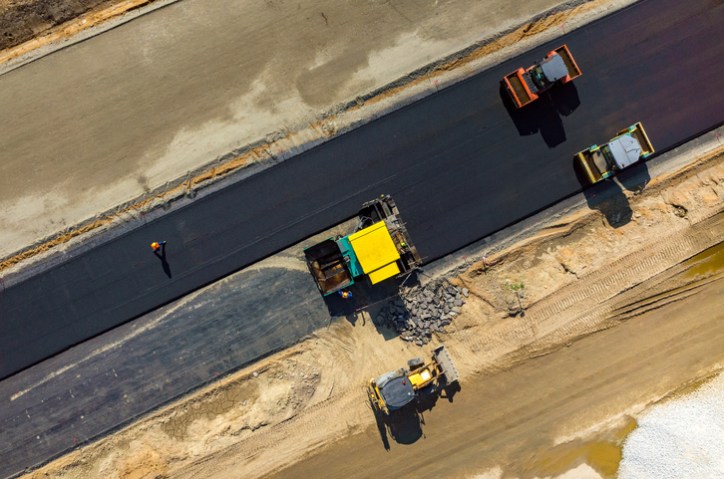There is no doubt that highways, roads, and airfields are crucial for modern transportation, as they literally lay the ground for extensive movement. However, during road construction, the ground is not always guaranteed to be viable; this is dependent on the soil profile, so there is a need to comprehend the properties of soil at the subgrade level.
ASTM D3282-15: Standard Practice for Classification of Soils and Soil-Aggregate Mixtures for Highway Construction Purposes classifies soils from any geographic location into groups. This it bases on the results of laboratory tests it details to determine the particle-size characteristics, liquid limit, and plasticity index of soils.
ASTM D3282-15 includes classification tables drawn from the American Association of State Highway and Transportation Officials (AASHTO) system, which originated as the Public Roads Classification System when Hogentogler and Terzaghi developed it in 1929. Through this table, users of the ASTM D3282-15 document, while looking from left to right, can find the correct classification of tested soil through the process of elimination.
Assigning a group can be an incredibly useful aid in evaluating the significant properties of soil for highway and airfield purposes. Classifying only the fraction of the soil passing the 75-mm (3-in.) sieve during laboratory testing, according to ASTM D3282-15, the seven groups of soils for highway construction purposes are:
A-1
These are typically well-graded mixtures of stone fragments or gravel, coarse sand, fine sand, and a nonplastic or feebly-plastic soil binder. This group is subdivided further into subgroups A-1-a and A-1-b.
A-3
These are generally fine beach sand or fine desert-blown sand without silty or clayey fines. A-3 is listed before A-2 here since that placement is reflective of Tables 1 and 2 of ASTM D3282-15. In the standard, the placing of A-3 before A-2 is necessary in the “left to right elimination process,” and it does not indicate superiority of A-3 over A-2.
A-2
This includes a vast array of “granular” materials, essentially borderline between the materials falling in Groups A-1 and A-3 and the silt-clay materials of Groups A-4, A-5, A-6, and A-7. This group is subdivided further into subgroups A-2-4, A-2-5, A-2-6, and A-2-7.
A-4
This typically consists of nonplastic or moderately plastic silty soil having 75 % or more passing a 75-µm (No. 200) sieve.
A-5
This group is very similar to those under Group A-4, except that the material is usually of diatomaceous or micaceous character and may be highly elastic.
A-6
This group usually consists of a plastic clay soil having 75 % or more passing a 75-µm (No. 200) sieve.
A-7
This group is very similar to the material described under Group A-6, except that it has high liquid limits characteristic of Group A-6. The material may be elastic and subject to high-volume change. This group is subdivided further into subgroups A-7-5 and A-7-6.
The general rating as subgrade for Groups A-1, A-3, and A-2 is excellent to good, while that for A-4, A-5, A-6, and A-7 is often fair to poor.
If you are interested in the classification of soil for engineering purposes, please refer to our post on the Unified Soil Classification System in ASTM D2487-17.
ASTM D3282-15: Standard Practice for Classification of Soils and Soil-Aggregate Mixtures for Highway Construction Purposes is available on the ANSI Webstore.
